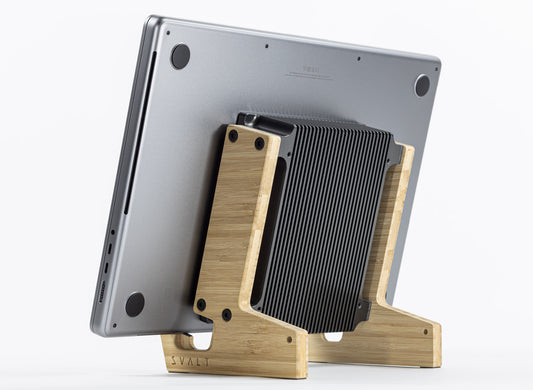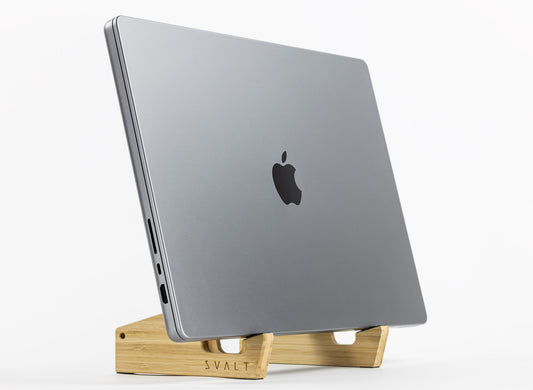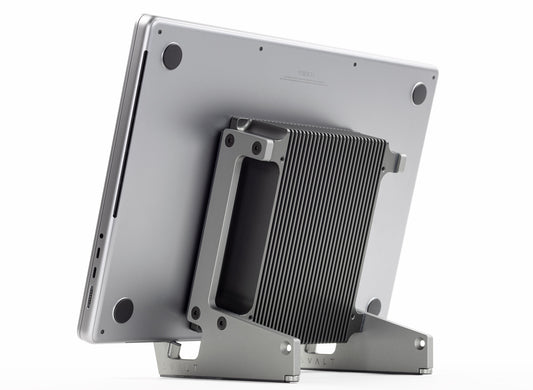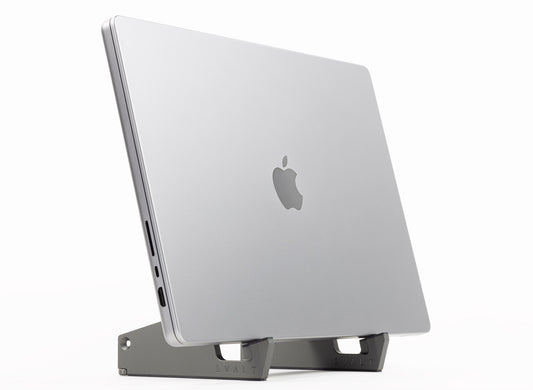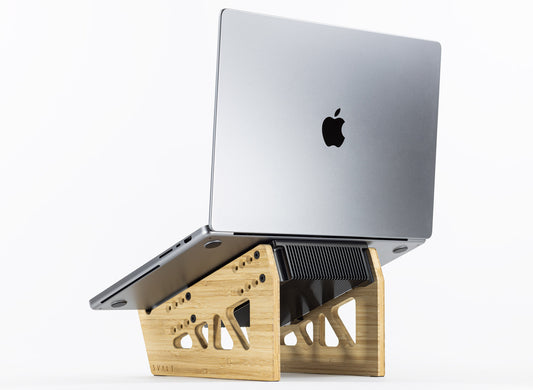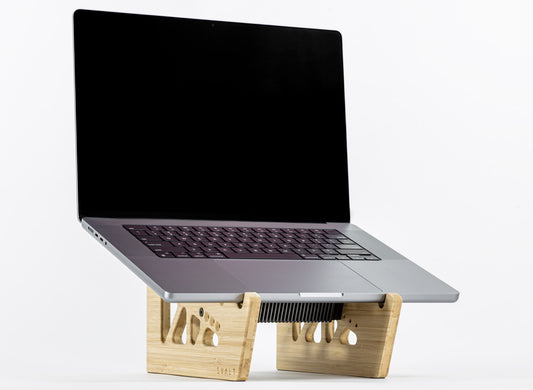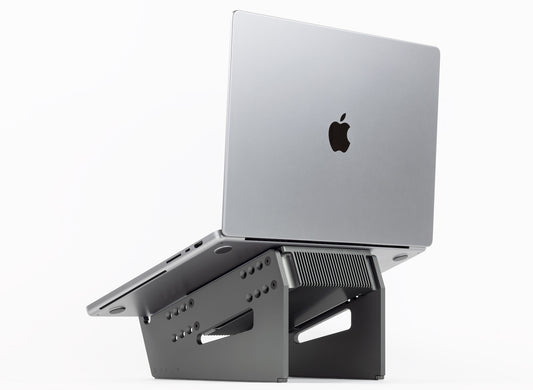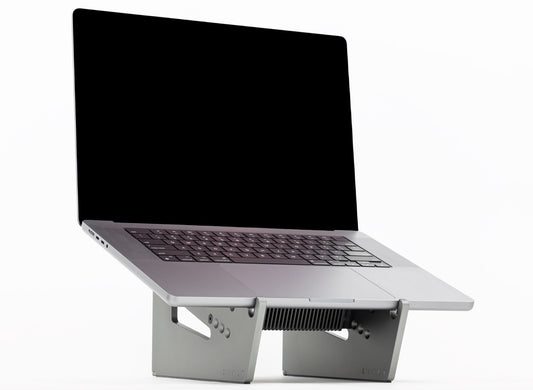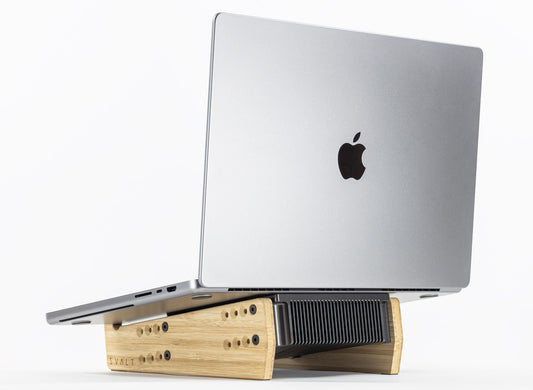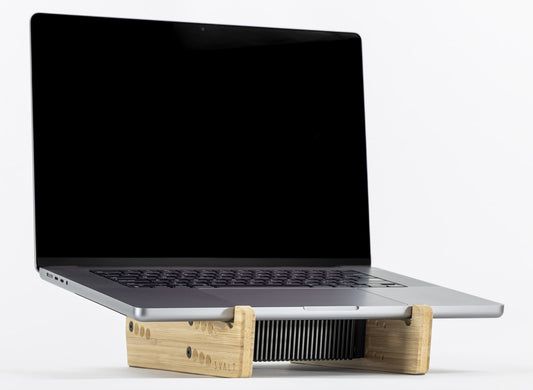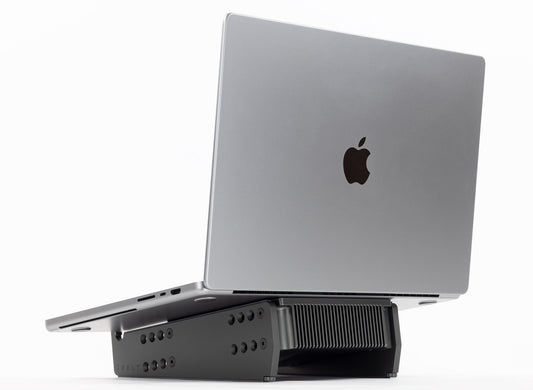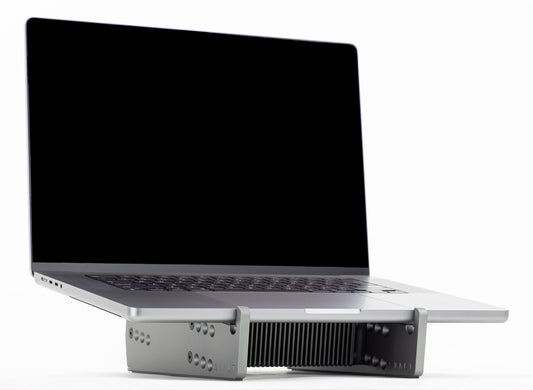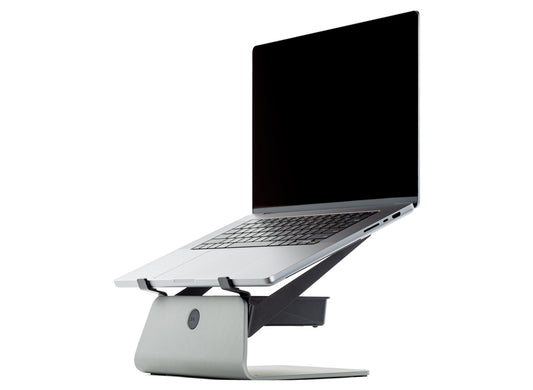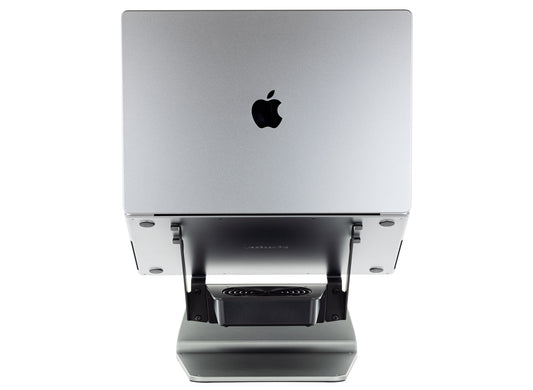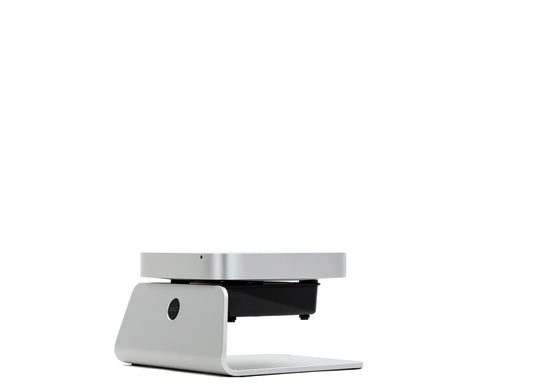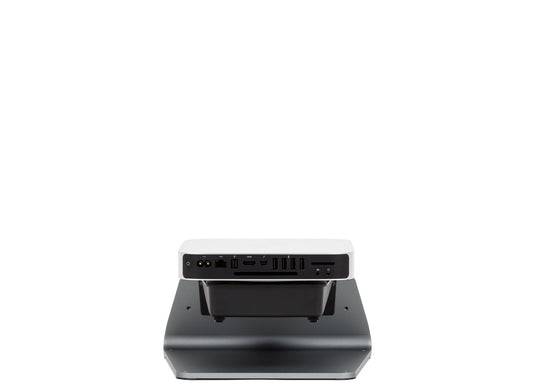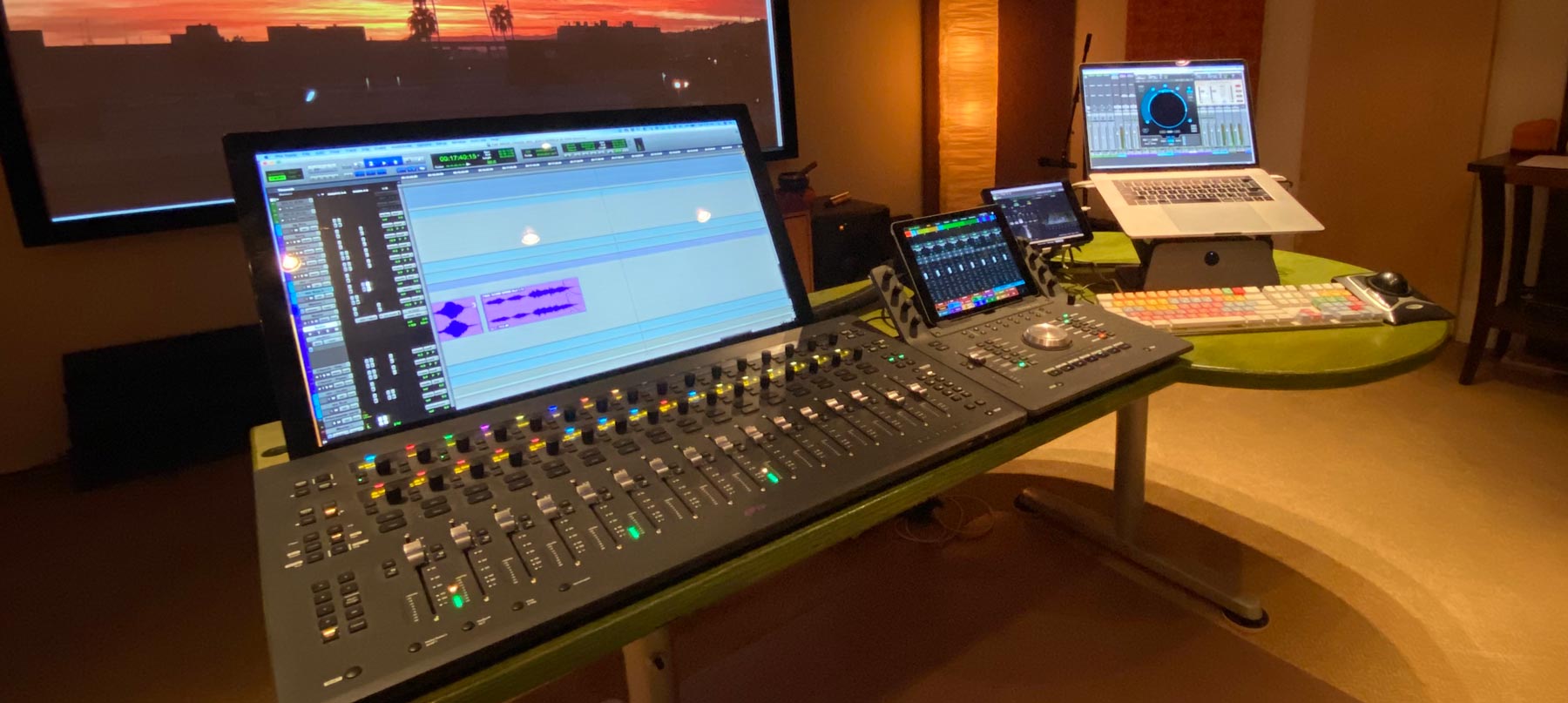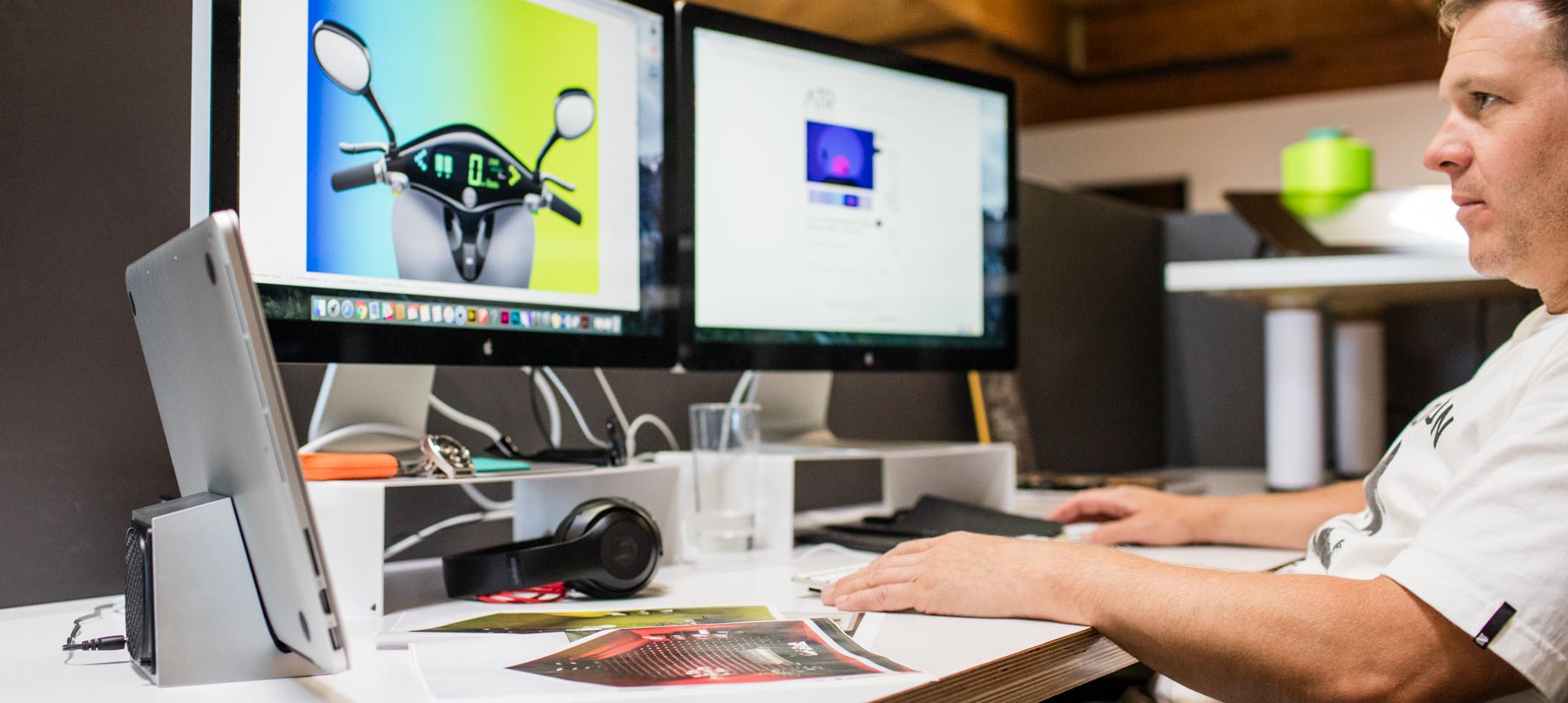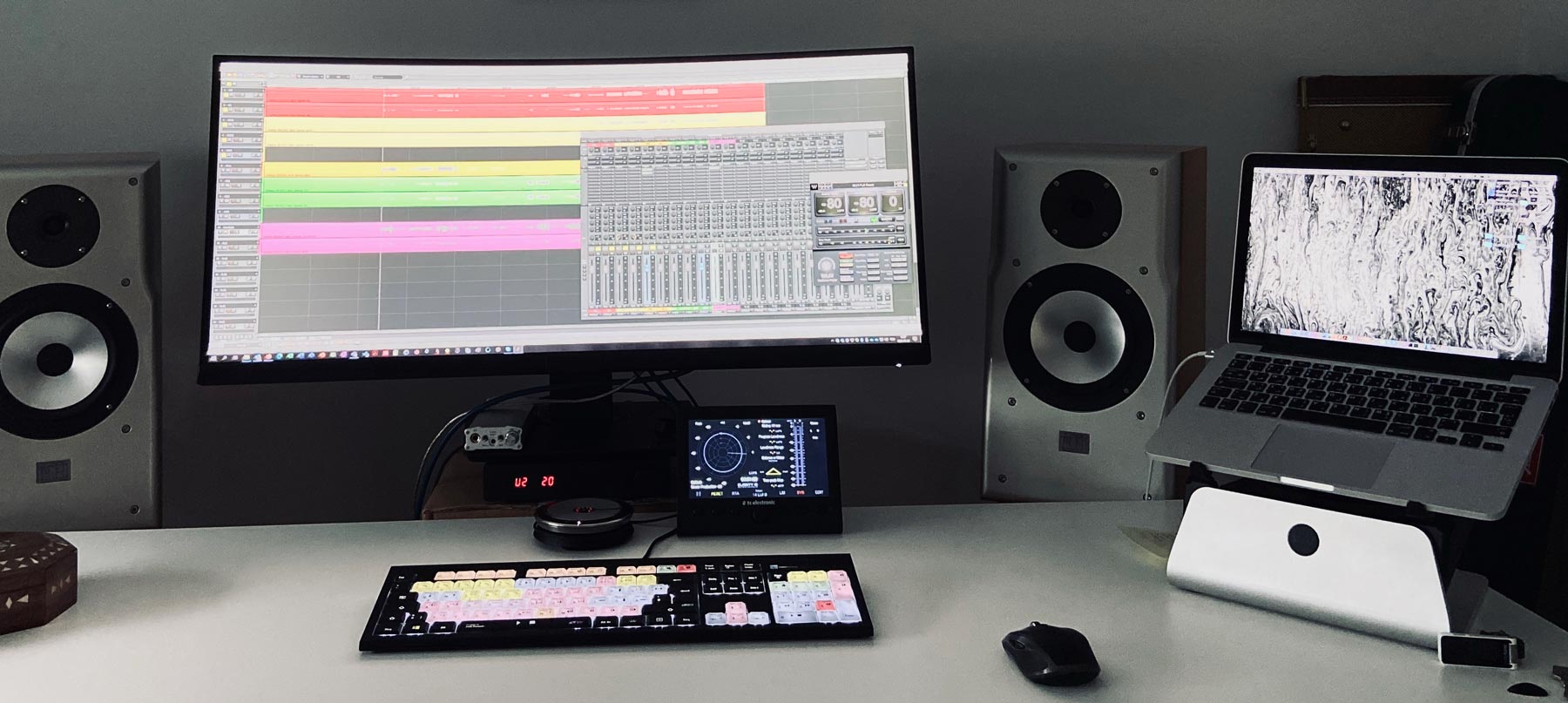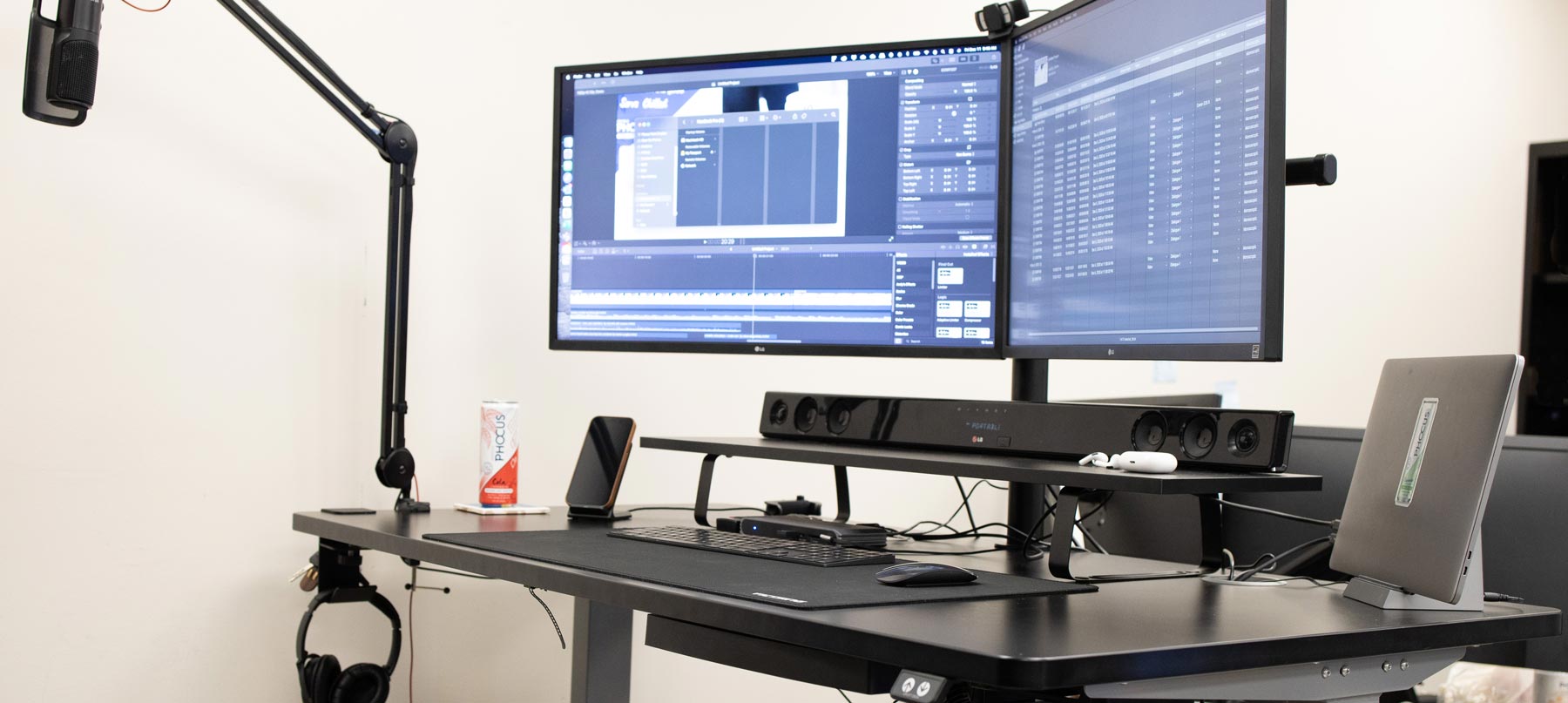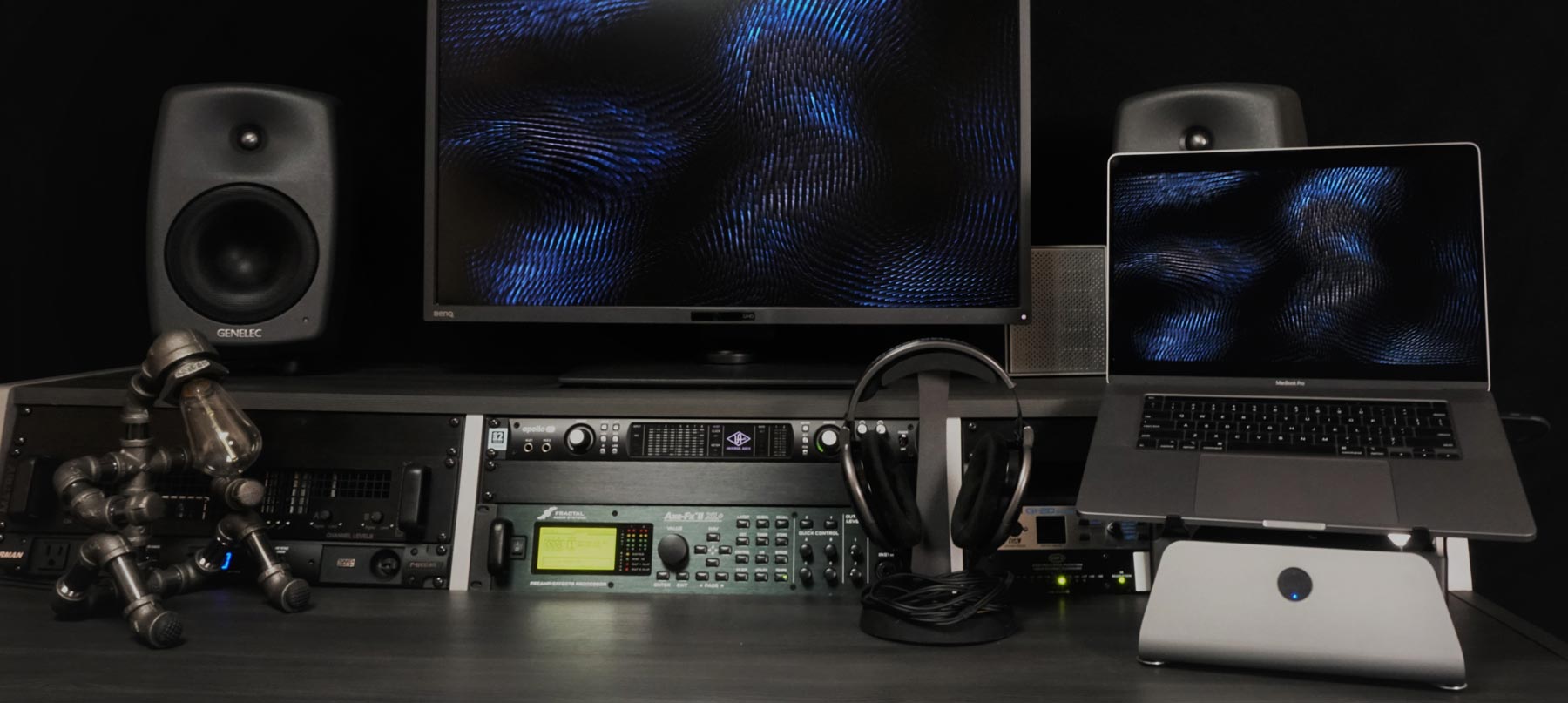THROTTLING
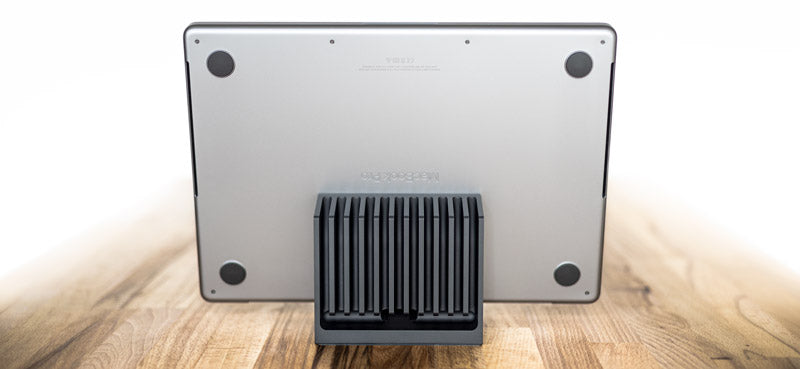
Heat Limits Performance
SVALT products help reclaim performance for unrivaled cooling and amplified potential. To understand how SVALT products improve performance, we’ve broken down the fundamentals of computer heat management and the role cooling plays in computer performance.When it comes to using your laptop, heat generation and increased performance are in a cyclical relationship that feed off of one another. Processors generate heat that can lead to throttling, which in turn slows performance. This is the basic problem all laptop users face, the more you want to do with your laptop, the harder it works, and the hotter and slower it gets.
Processor = Power
Processors are the heart of a computer, responsible for the computer’s overall performance potential. Processors include multiple cores, often with two rated speeds, a base clock speed and a boosted clock speed, which is a higher or overclocked speed available under certain conditions, such as when lower temperatures allow for adequate thermal headroom.
Power = Heat
In addition to being responsible for the majority of a computer’s performance, processors are also responsible for creating the majority of heat. Processors are basically tiny heaters that generate an incredible amount of heat when running at higher speeds and using more power. Adding additional processor cores and running the processors at higher speeds will create the potential for more performance, but will also increase the potential for more heat. Increasing the duration of work will also generate more heat.
Heat = Throttling
If heat is not removed from the processor, then temperatures will rise to the point of causing hardware damage and processor failure. Processor failure should not happen in a properly operating computer because the computer will automatically throttle processor speeds, and this in turn will reduce temperatures and prevent processor failure. Throttling is a basic function and can occur when the processor is running at boosted clock speeds, but it can also occur when running multiple threads at base or lower clock speeds.
Throttling = Slow
While throttling is preferable to frying your processor and other adjacent components, throttling does have a downside, which is reduced processor speeds and slower performance. Throttling’s impact on performance can range lead to a reduction in peak performance, or in extreme cases, slow performance to a craw, leaving the system unresponsive.
Laptops = Compromise
Laptops and other mobile computers require a more compact and size restricted form factor, which means that most include cooling systems that do not have adequate cooling capacity to avoid processor throttling as a way to manage heat. For instance, processors are often placed in close proximity to other heat sensitive components, resulting in heat bleed out to surrounding components. Tight construction leaves little room for open air space and restricts cooling airflow, which is especially problematic for air cooled systems. Close proximity of components combined with minimal open space makes it hard to remove heat once it has accumulated within the system. Laptops also use smaller heat sinks, heat pipes, heat radiators, cooling fans, and other cooling system components. All combined, this reduces the laptop’s total cooling capacity and means that laptops, as well as compact desktops built with laptop components, are often unable to avoid processor throttling, and therefore have slower performance.
More Cooling = More Performance
Supplemental cooling increases the laptop’s total cooling capacity. Under light and moderate workloads, the laptop transfers cooling loads to the supplemental cooling device, which reduces the demands on the laptop’s built-in cooling system, resulting in quieter built-in fans and/or reduced temperatures. Under heavy and sustained long duration workloads that max out the laptop’s built-in cooling system, supplemental cooling increases the laptop’s overall cooling capacity, which allows laptop processors to run at higher speeds, resulting in less processor throttling and more performance.
SVALT = Cool By Design
Performance is fundamentally limited by the computer’s ability to remove heat, and because laptops typically have less powerful cooling systems, then supplemental cooling is often required to help manage heat. This is why SVALT products use innovative designs in which every inch and every detail has been obsessively researched, tested, engineered and designed to the extreme to help quiet screaming fans, help increase the laptop’s cooling capacity, help reduce processor throttling, and help regain peak performance potential.
Learn More
See SVALT’s Performance and Testing Guide pages to learn more. For more general information about computer cooling, then you can review the following Wikipedia links:

